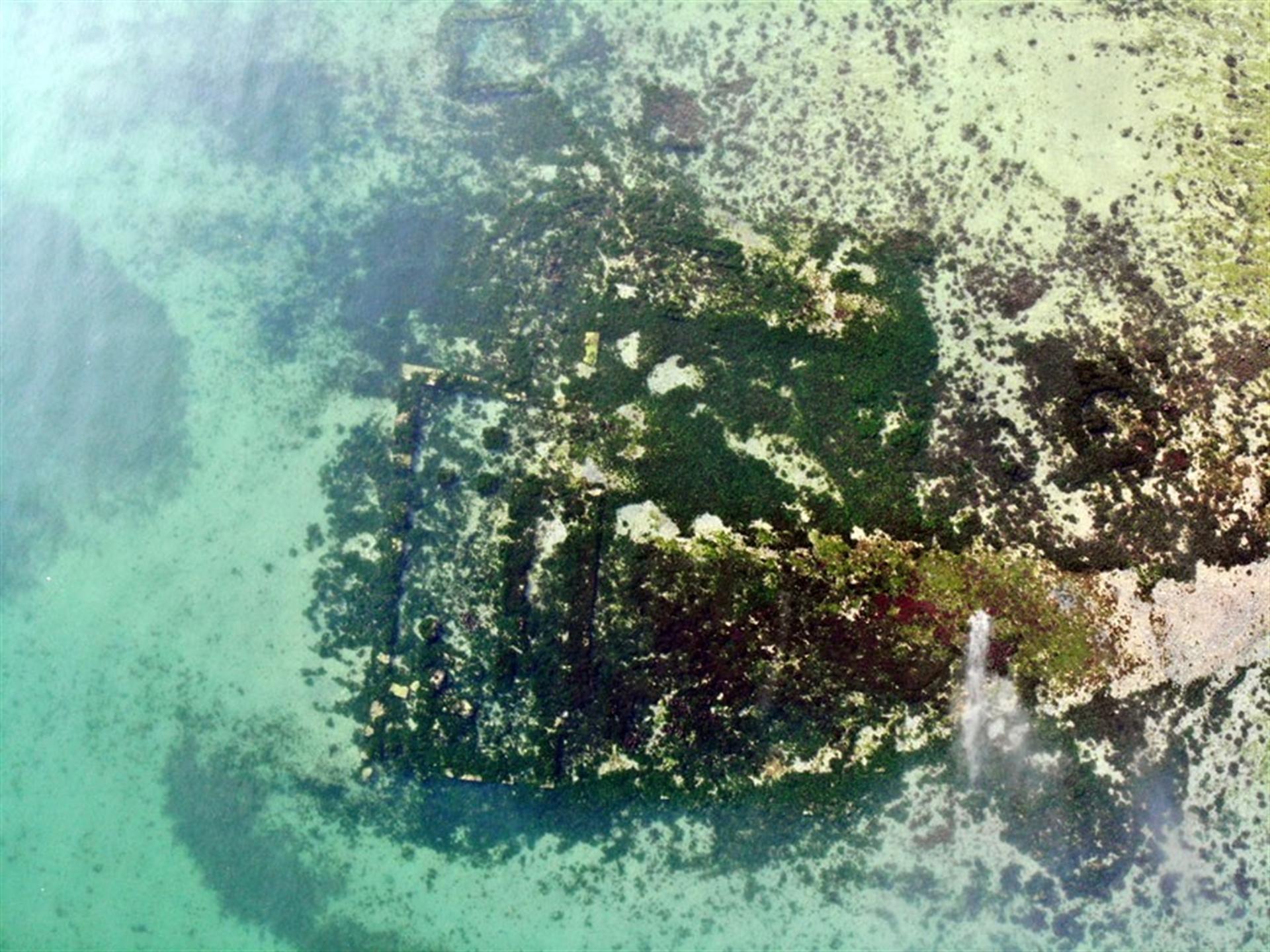
Within the scope of the Yalova Coasts Ancient Harbor and Underwater Survey, which was carried out in Altınova district of the northwestern province of Yalova for two years, the Byzantine caste of Kibatos (Civetot) was discovered.
It was reported that the castle was built for the refuge of Anglo-Saxon soldiers, who escaped from the Battle of Hasting between the Crusader armies and the Seljuk armies in the First Crusade in 1069 but may have remained under the Hersek Lagoon as a result of severe earthquakes.
The survey has been carried out with the permission of the Ministry of Culture and Tourism and with the contributions of Altınova Municipality, Uludağ University and the Turkish Historical Society.
During the works carried out by a team made up of academic Serkan Gündüz, Işıl Akalan Gündüz of Leicester University, Survey Engineer İlke Ekioğlu of Sinop University and a team of students, a sea castle spreading over an area of approximately 4,200 square meters was discovered on the coastline between Altınova and Karamürsel district of Kocaeli. The castle was in 3.5 meters deep.
Following the discovery, a press conference was held on the coast of Hersek Lagoon.
Altınova Mayor Metin Oral said that the castle was discovered as a result of a two-year work and continued:
“Although it was located in a very important place in the history scene, finding this castle, which could not be definitively localized, was one of the reasons for starting our research. It was known from the written documents that the Byzantine Emperor Alexius had built a castle in this area for Anglo-Saxon soldiers, who fled the Battle of Hasting in 1069, which changed the history of England. In order to find the castle, we have been searching for a sea castle on the opposite side of the Hereke Castle near Helenopolis, based on the studies we have done in the region for two years. The structure, identified between Helenopolis (Hersek) and Karamürsel, is thought to be the Kibatos-Civetot Castle because its architecture is very similar to the expressions in the written documents. Kibatos-Civetot Castle gained great importance in 1096 during the First Crusades. In 1095, just one year after the Pope’s call for the Crusade, the first campaign, called the Crusade, began. Alexios, who wanted to remove the Crusaders, who came to Constantinople, from the capital, sent them to Kibatos Castle. The armies came to the castle via Nicomedia from the land, and some went directly to the castle by sea. According to the various sources, their number was between 25,000-600,000 people.”
Oral said that they would start working to bring the castle to light
“The Crusades have had inevitable consequences for both the Christian world and the entire Muslim world. This battle is of great importance for European history. However, its importance for the Anatolian Seljuk history and Turkish people, unfortunately, is not known enough. It was the first great battle defeat of the Crusader history in Anatolia that would attack the Anatolian Seljuk State with various games with the siege of İznik in 1097,” he said.
Oral said that finding this castle and archeological studies will shed light on a dark page of our history and added, “In this period, we will highlight our historical textures. We will unearth them. It will also give us information about the Seljuk State. In the following process, it may provide us different historical information. This is the beginning. The main work will begin from now on.”
The works to unearth Kibatos Castle will take about three years. The findings of the studies will be shared with the public.